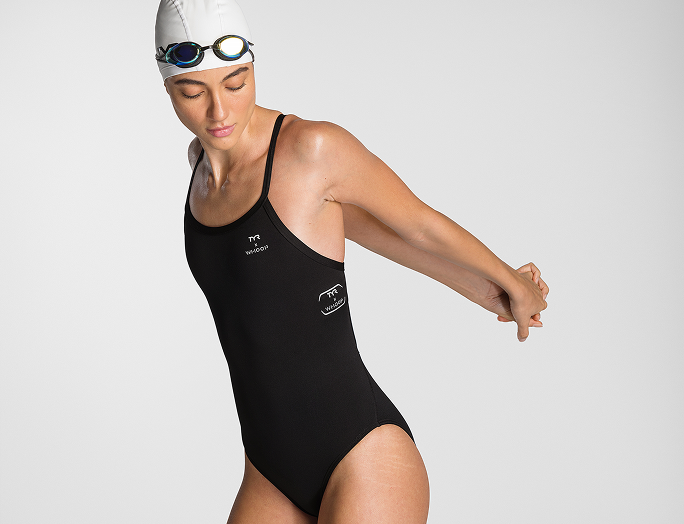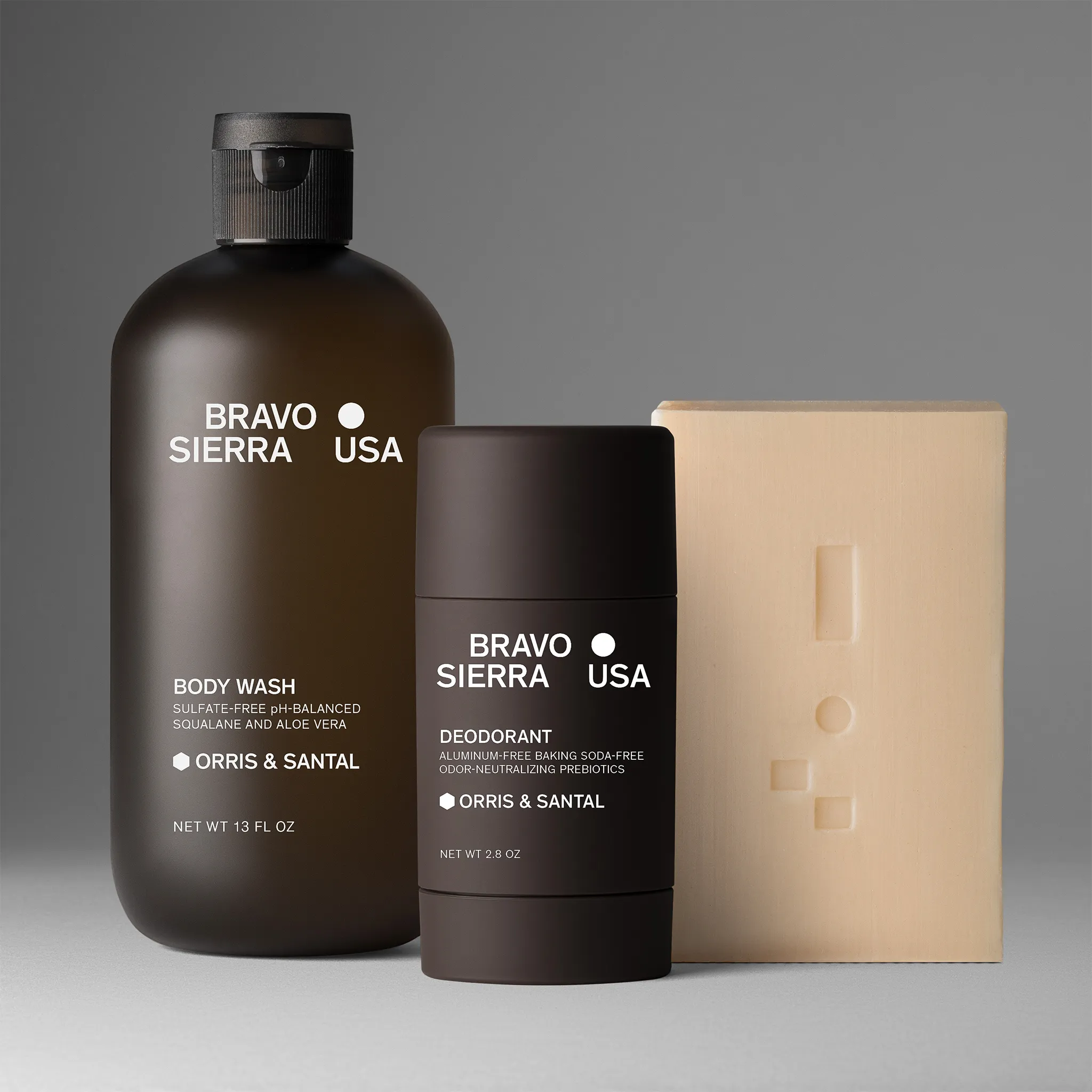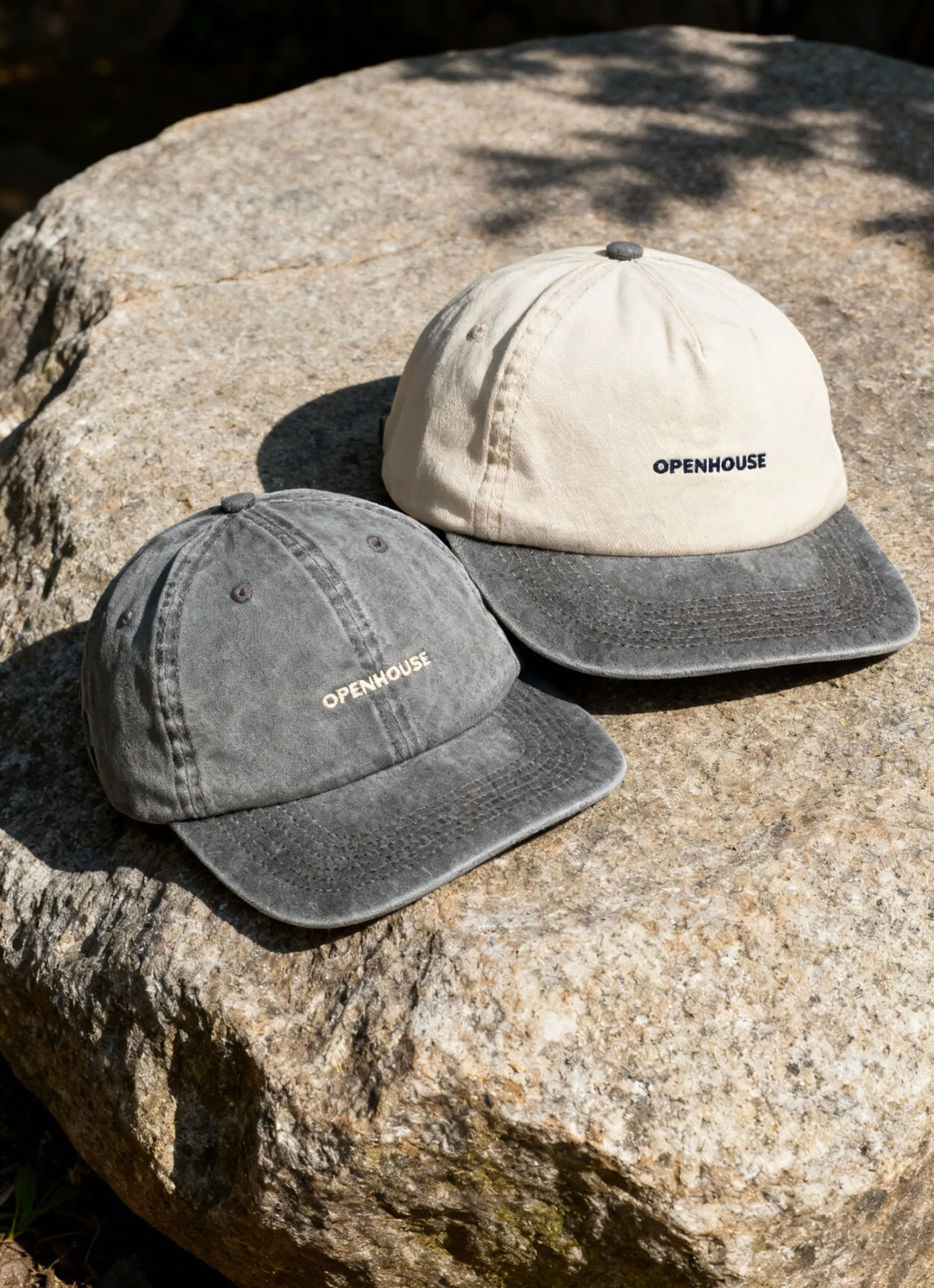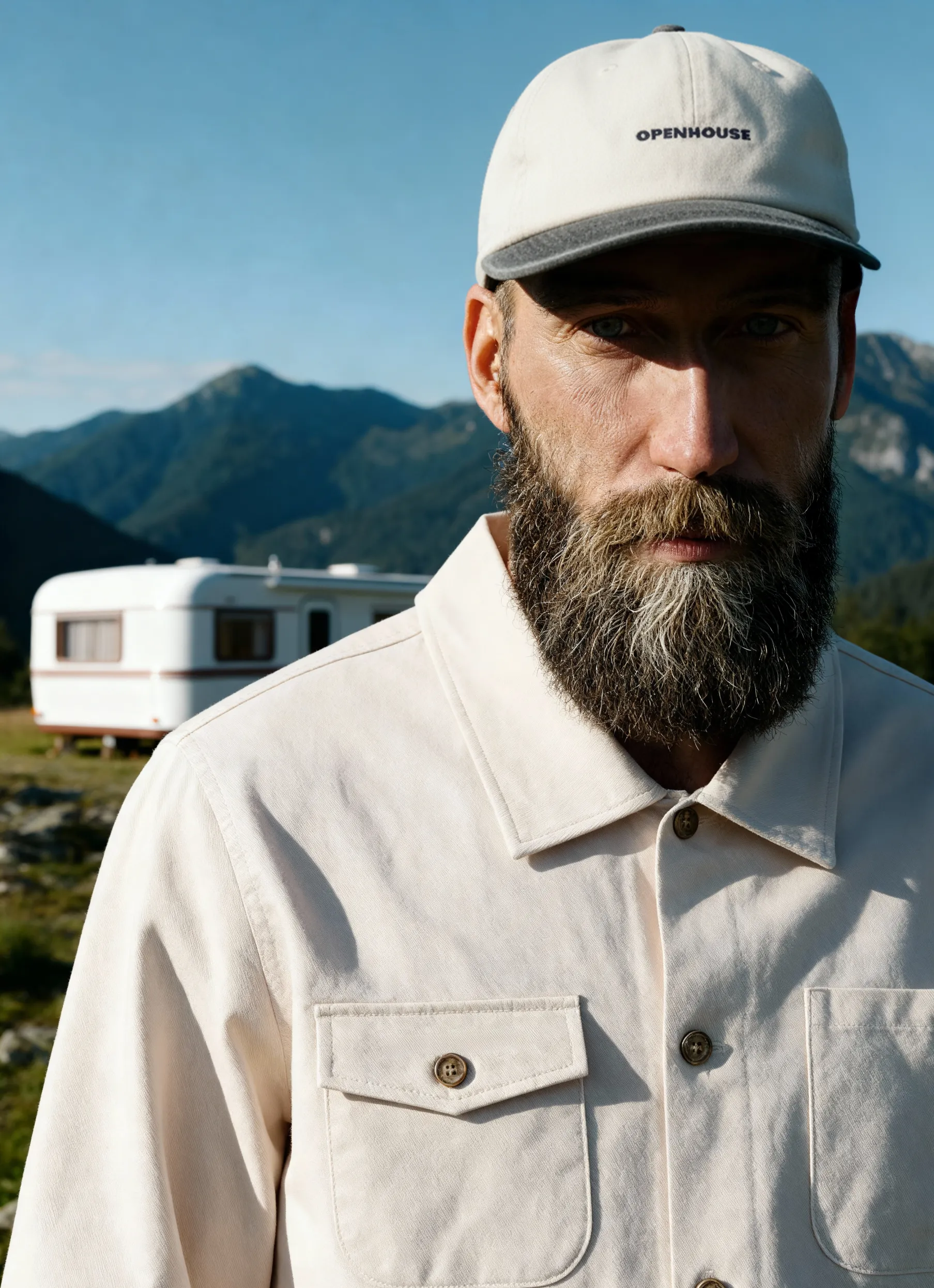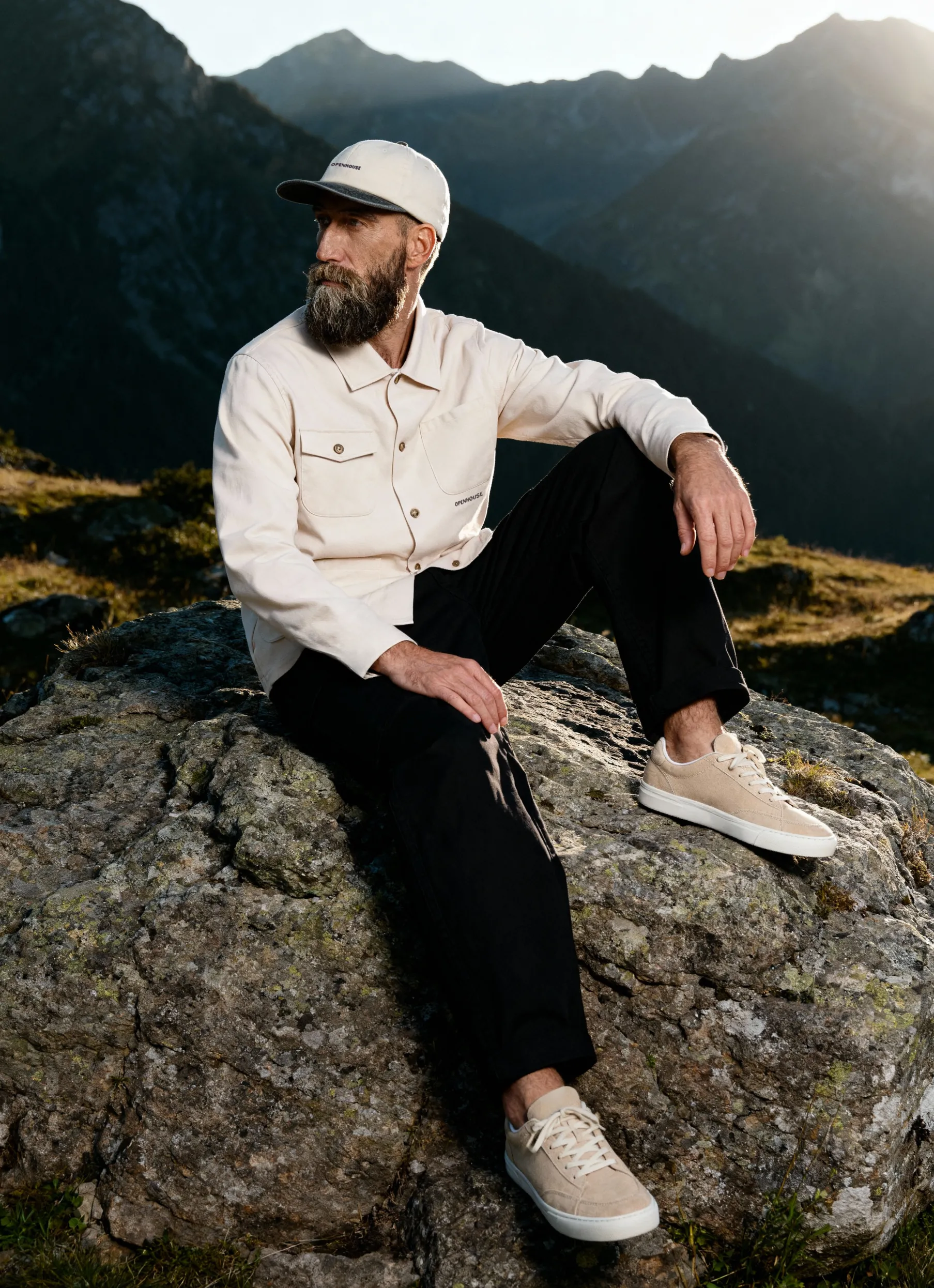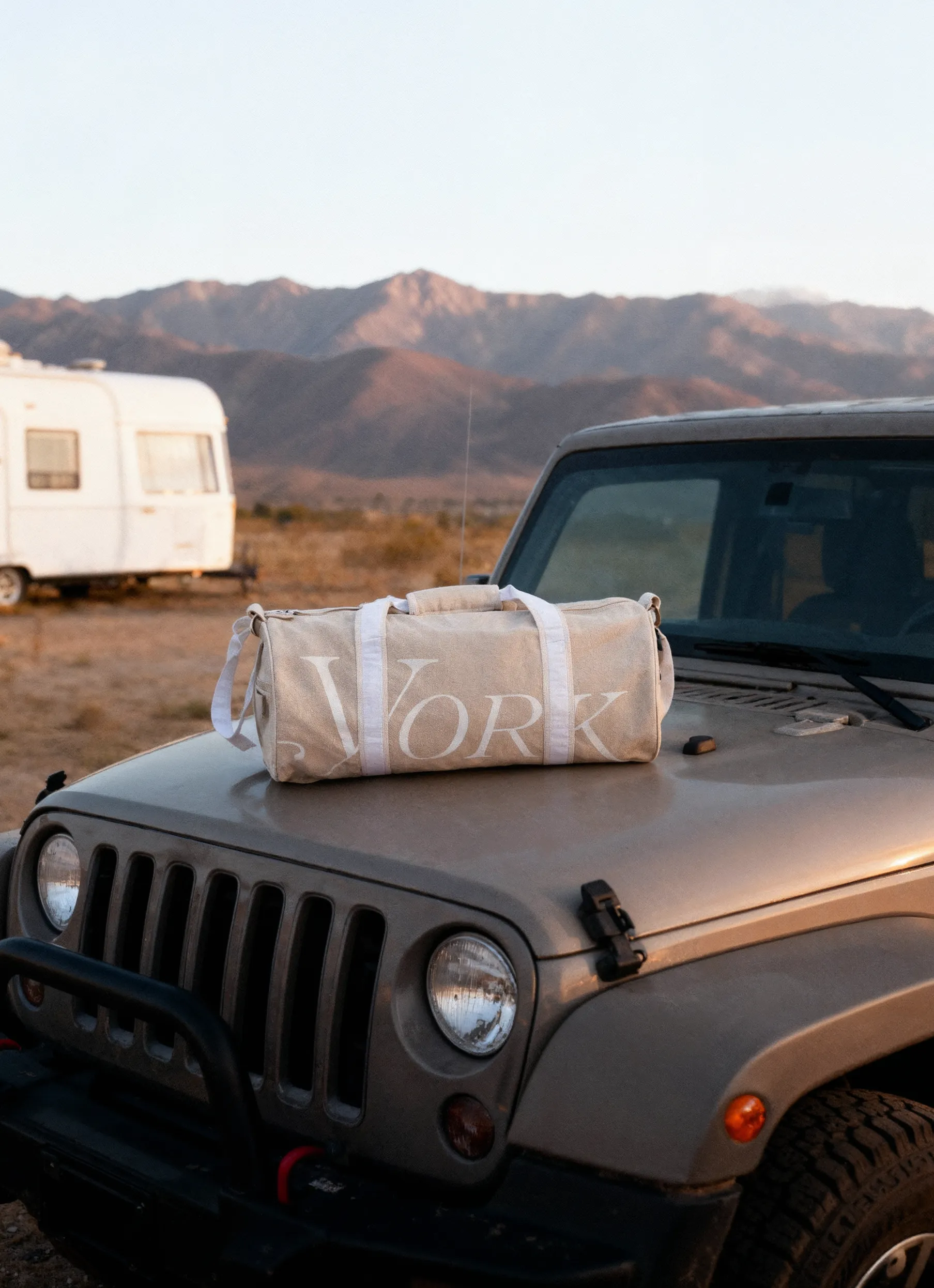To make gadget photos for ecommerce right is a piece of digital cake, you just need:
- Show every inch of your technical product in a fun way
- Make users of all demographics relate to one product
- Know how to deal with a gazillion of reflective surfaces that bounce off the light at different angles
- Master the art of lighting, that actually enhances your image, not ruins it
- Use every possible type of image for different channels: lifestyle, group, with props, lay flat, collage, floating in the air
- Be the guru of photoshop as post-editing is the most critical part of the session in this case
- Being able to involve art direction to make a piece of metal and glass stand out and be instantly likable to pretty much anyone who looks at it.
OK, you detected sarcasm for a reason. This is one of the most nuanced jobs in product photography. Nonetheless, a mission is possible.
In this one case, though, we don't think DIY is an option, as well as freelance photographers. You need a professional product photo studio with an extensive portfolio in the domain.
Gadgets product photography challenges
Taking product photos of electronics tends to be more difficult to shoot than products like apparel,—because they often have smooth and reflective surfaces, which present unique challenges in the preparation, the lighting, and the retouching.
Fixing hand-held objects for a shoot
To make a photo of any hand-held device you have a few options:
- to ask a model to hold a smartphone or a tablet;
- to lean a mobile gadget against a heavy object and remove the holder in the post-production;
- to position an image of an object at a certain angle with other supporting devices.

These complications to a fairly straightforward process are rather unique for digital gadgets images jobs, as most electronics, — like TV or a blender,— will be able to stand on their own.
Reflective surfaces, mixed materials, multi-dimensional objects
Not only do you have one gadget combining the glassy surface, plastic, and rubber parts in one small item, but they also are highly reflective in most cases. To crown it all, they are multidimensional, and each of the surfaces will reflect the light differently due to its shape and angle towards the light, — on top of the varying qualities of different materials.

Smartphone designers love all shiny surfaces, as they look ultra-modern and sleek. They are a pain to photograph and edit though. For example, when it comes to editing, you will treat a smartphone with a multi-clipping path technique, as you will want your screen layer separately—due to differences in reflective qualities, materials, etc.
Omnipresent scratches & their younger brothers, micro-scratches
Invisible to the human eye, micro scratches can become glaring on a high-res electronic device image. There are ways to treat it at the retouching stage, but if you can get yourself a few devices for the shoot - we recommend you do that.
Dust & fingerprints on screens - the grin & bear constanta
Even if you worked in a sterilized surgery room prepared for an operation, you will end up having some dust on your just-perfectly polished smartphone. It should be some kind of law of physics by now, taught in schools, but our crew has arrived at it empirically, while scientists are busy working out the formula apparently.
Preparing for a tech product photography session
When making a technology ecommerce image, preparation is half the battle won. This is a collection of some general tips on getting ready for a product image shoot, while below we single out a few specific ones.
Charge your gadgets
In all likelihood, you will need that battery full, not dead. Make sure it lasts. Ensure to pack a charger for a studio session. Do grab a power bank for outside sessions.
Polish your gadgets
As we share above, however hard you try, your photo editor will still have a few dust specks to clean up in the post-production. However, you should try and minimize the post editing and prep your gadgets.
Using gloves to avoid leaving fingerprints and having lots of polishing cloth on the photoset helps minimize this damage.
Choose a befitting location that echoes a product
Electronic product photography dictates the location and a choice of a studio for rental. If you need to make product images of a steam iron, a model will look out of place on a lawn or in the kitchen steaming away a creased shirt. A blender will look funny in the bedroom. You get the gist.
Smartphone images are often shot on the go, in shopping malls, in gyms, or on a sofa - depending on the demographics you want to reach out to.
Naturally, the photo set location should also be synced with the price point and general brand position of the electronic gadget you are photographing. For example, a luxury or a high-end smartphone may belong on a yacht or a sleek-looking apartment with loft interior design and French windows overlooking the Alps. A family-type washing machine is best shot with kids playing around in a cozy well-lit kitchen.
Insure premium gadgets: luxury smartphone photography case
If you make images of luxury electronic brands with some diamonds and gold detailing, you should consider adding insurance to your schedule. Life is life, things break and get lost en route with a courier, you want to ensure you protect yourself against these liabilities.
Provision of gadget models in every color for a shoot
Color correction goes a long way, but we recommend photographing device models in each color for the lowest returns. Make sure you order all models and all colors for the day of the shoot for the best real-life results.
In this example, Redmi lined up a few gadgets in different colors for a shoot and also used a bright abstract screensaver to reflect from the steel back cover of a phone for a powerful hero shot.
How to make photos of gadgets for ecommerce: 7 must-observe tips
Use tripod & artificial lighting
The smaller the object you need to make an image of, the more you need a tripod. It brings in consistency in the angle, lighting, how reflectors bounce off the light, etc. In gadgets ecommerce photography the use of a tripod is the unquestionable axiom.

Reflective products are the most difficult objects to light because they reflect everything around them – the camera and tripod, the walls of the room, etc. Also – unlike matte surfaces – pointing a light at the product will only result in seeing a reflection of the light while everything else around it will be very dark. One solution is to surround the product with a white translucent material such as a shower curtain. professional diffusion material, or white acrylic [Plexiglass] and put all of the lights through it. This way, the product's surfaces reflect only white, which can show its true color and form.
Use phone stands and nylon string to fix electronic devices for a photoshoot
If a product can’t stand up on its own, it can be supported using wire or fishing line, or even a heavy object behind it – all of which have to be removed in retouching.
It's not unusual for a smartphone device or a laptop to be levitating in the air, which involves a series of complex manipulations at every phase of photo creation. You need to fix it at a certain angle first that defies physics with the help of a nylon string, heavy objects, etc, and then create a clipping path in the post-production, create shadows, etc.
Reflections on the surfaces: a retoucher’s headache
You may try finding a perfect angle to avoid the reflection of a camera and yourself during the shoot, but in all probability, the retoucher will need to deal with reflections anyway.
The standard professional solution to screen reflections is to ignore them when shooting the product, then composite a clear screen image onto the product in post-production. This requires more retouching time but results in the superior rendering of the screen.
Use a rotating table to make 360-degree images of gadgets
This is specifically useful to take images of all self-standing gadgets, or the ones that have commercially looking stands: laptops, displays, tablets.

Using a rotating table [AKA Lazy Susan] for gadget product photography helps bridge the online-offline gap, as it features the product in an evolving 3D manner, where a user can see every detail of a device, as if in real life.
Make lifestyle images with models
Electronics photo for ecommerce is no exception to the general rule of thumb - lifestyle images help bridge the gap between offline and online sales, as well as increase the pertinence of the product to a potential user.

Working with models brings a whole new array of issues to the table, but these images are a powerful conversion booster—so they are worth every effort, minute, and penny.
Make A GIF to showcase the close-up design detailing
GIF format is perfect to showcase the close-up images of your electronic device: be it a smartphone, a tablet, or a Laptop.

Not only can you use it for your social media extensively, but you can also create a company account on sites like Giphy and get yourself a great backlink to strengthen your domain’s SERP.
Open a fun/beautiful website on a screen
The best way to have a clear-looking screen is to have a nice-looking image on the screen of a phone, or a notebook—like some beautiful nature scenery, for example.
Beware of the copyright issues - only use images with a proper commercial license. Pexels and Unsplash have a good collection of images with zero commercial licensing.
Naturally, the choice of the image/website to pull up on the screen should also resonate with the target audience—for example, stock market trends will look proper on a laptop designed for corporate use.
In this example, Apple features its displays by using bright images on the screen. Not only do they allow a user to appreciate the hi-res Retina quality and high nits peak brightness, but also give out the contemporary vibe through the choice of images.
Product photography services for Electronics Products: Creative. Technical. Conversion-Boosting.
The electronics market is gargantuan, to say the least, and no expense is spared on marketing. R&D and production are so mind-blowingly expensive, that marketing needs to live up to the challenge of selling these products.
This is one of the reasons why there's no such a thing as DIY gadget product photography.
You get professionals to overcome the multiple challenges of capturing the best image of this highly complex model.
Are you looking to produce a series of product shots of electronic devices? Discuss your photography needs with our ecommerce-savvy managers.
Product A
SQUARE SHOT








